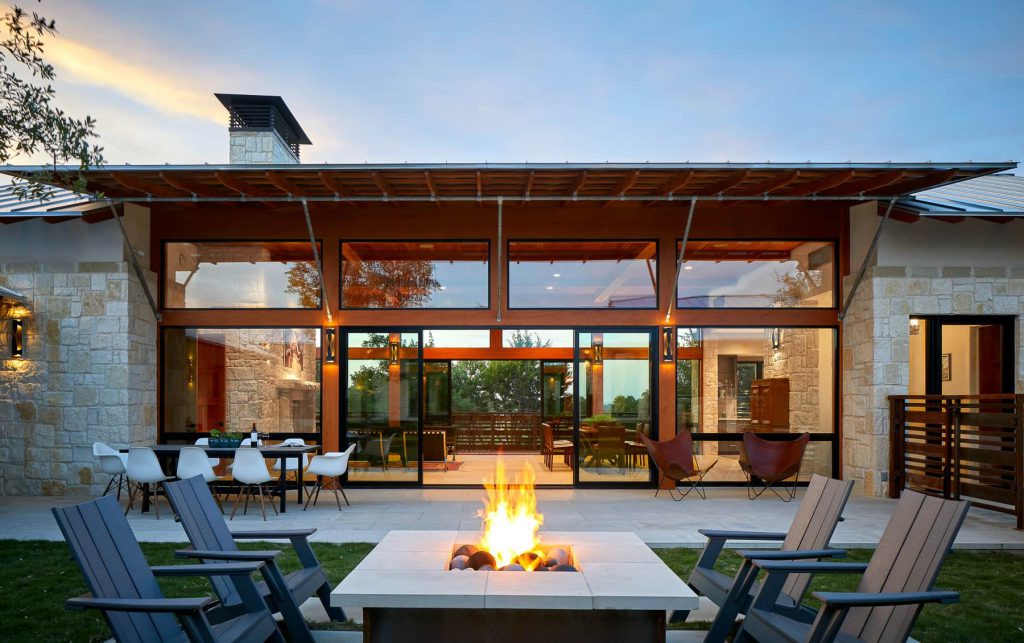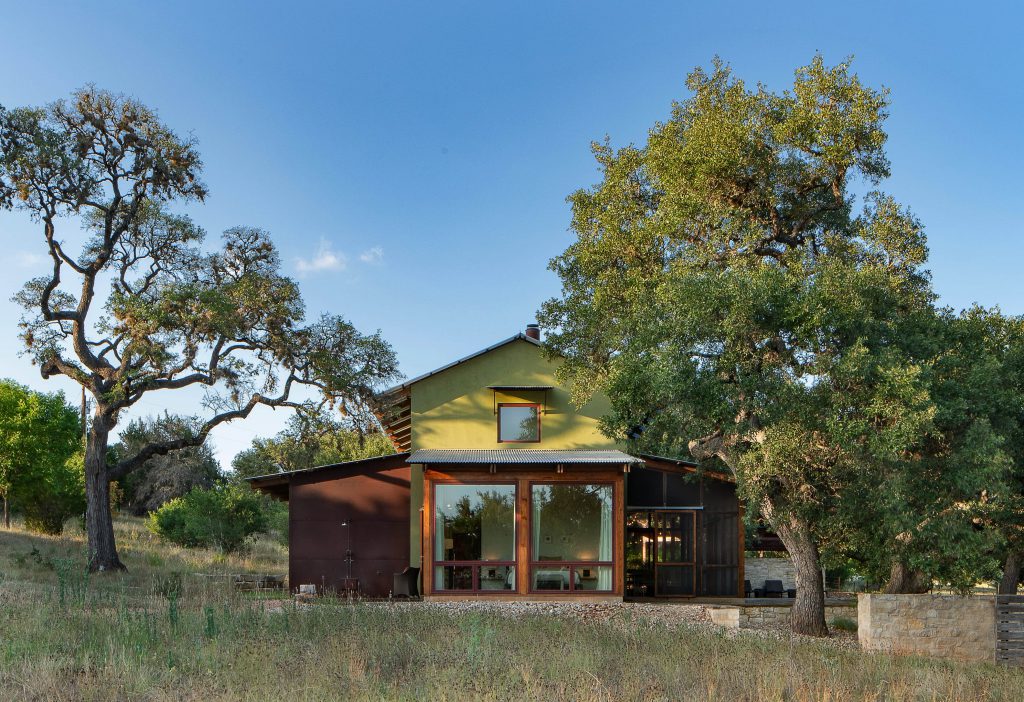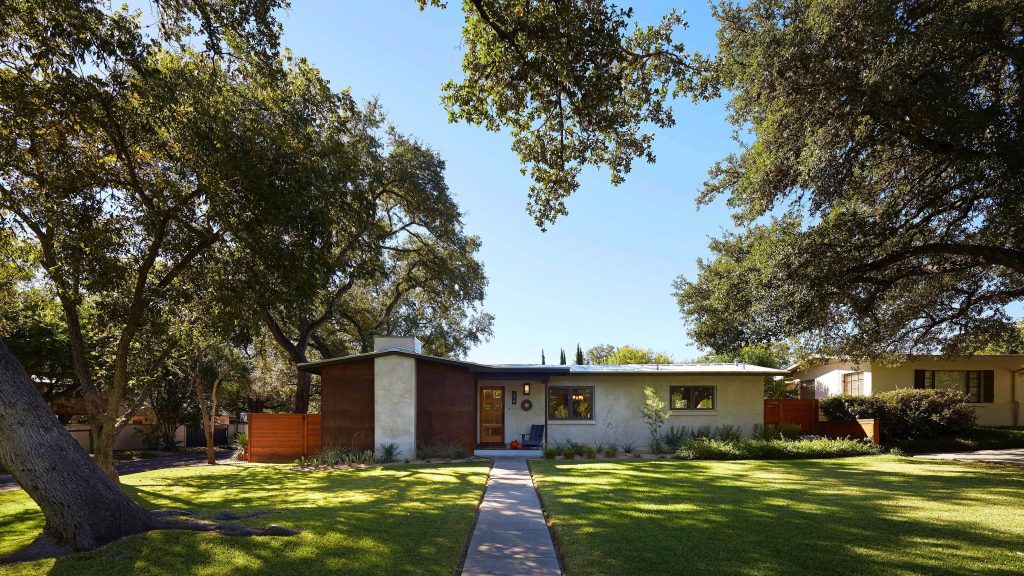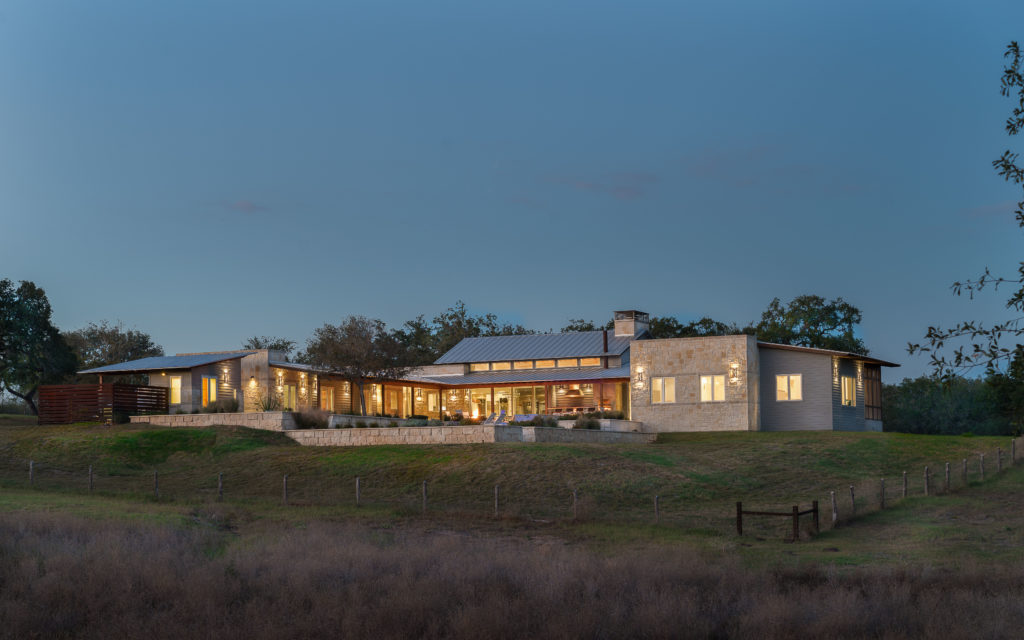You’ve seen them before: the show-stoppers of Instagram with a thousand likes, the local custom design-build firm with a fan base, or even flipping through industry publications. There are incredible firms creating thoughtful homes that truly represent design excellence in every corner of the U.S. But, building something amazing and presenting that amazing project for consideration in a competitive awards program are two very different things—how can you be good at both?
Multi-award-winning architect Craig McMahon, of Craig McMahon Architects, filled us in on his approach to a successful submission. Less tips and tricks, more thoughtfulness and strategic editing, Craig’s advice aligns with his firm’s mission to think holistically about the project from the beginning of design through to the last detail. He is just as passionate about carefully curating awards programs entries as he is about his firm’s work.
“Something really changed for my firm around 2013,” said Craig. “I started working with a publicist. She told me that that building design award programs were really more about the story of the project, and she nudged me to go in that direction.”
Craig develops or evaluates submissions based on many tangible criteria, but overall, across all of the images included in the entry, his goal is to draw the juror into the project. “You’ve got 10 or so slides to tell the story of the project. Each image has to leave a juror wanting more. I want jurors to be able to see themselves in the space. I want them to feel the heat of the sun shining through the windows. On the very first slide, I want to start building emotion, telling the story and piquing their interests.”
Craig has an in-depth understanding of each project, and he opts to build the awards program submissions himself, enlisting experts from his firm, industry friends and colleagues to review and provide feedback. He edits the entries over and over again based on their gut reactions, and comments on things like redundant images, floor plans, site plans, context and location.
“When I’m done, I want the story to be clear and very succinct. I don’t want anything to seemed forced,” said Craig. “If I have to go back and reshoot something to make sure that each image is an essential part of the story, I will. I also probably craft about ten different versions of the written part of the submission before I’m truly happy with the end result. Maybe I’ve got a very long version that says how we got the job, what the customer was looking for, and I describe some challenges we faced, like a $200,000 budget. Then, I take 300 words out of that, drop the passive voice and make sure that I’m conveying information that you either can’t get from images, or information that adds value or understanding to the images. Also, spell check! I know we have lost awards because I was putting too much emphasis on the images and neglected some basic editing practices.”
Craig starts thinking about an awards submission almost immediately after a project is complete, putting in an average of about 80-100 hours of work on each submission. “Off the top of my head, I probably spend about two full days photographing a project and maybe 40 or so hours getting the imagery ready for the submission. Then, I’ll spend a good 8-10 hours thinking about, and preparing the write up. The week before an entry is due I bet I spend about three hours a day editing and curating, right up until the final day, when I’ll probably spend 6-8 hours finalizing any last details.”

“I was floored when we won the BALA Home of the Year award for a 3,600 square foot home,” said Craig. “But the feedback was all about the message we delivered through the submission – that that home really felt like it should be on that site.”

Augusta, 2017 Home of the Year recipient
“I love that BALA is later in the summer. I get more time to make sure I’ve photographed everything I need. I take BALA really seriously because it’s a huge honor and there’s a chance that our entry could be published. I need to make sure that the submission is a thoughtful representation of our work because it could be a huge marketing component for the rest of the year.”
“Immediately after our first BALA win I had to go and just sit down by myself for an hour or so. That win, and subsequent wins, has really solidified for me that people like what we are doing. That validation keeps me going. Sure, there’s an ego boost, but more than that, competing in the awards programs makes you have to up your game as competition keeps getting tougher and tougher.”
“Winning a BALA means increased credibility. If you are an Architect, people know you are qualified, you can do the things that architects do; but, winning a BALA means that your work is held in high regard by industry experts and your peers. It sets you and your firm apart. Winning a BALA means that the public, beyond the boundaries of your city or market, will see what your firm is capable of achieving and that reach is immeasurable! Traditional advertising techniques are iffy; articles published about your work because of the awards end up in prospective clients’ laps.”
As Craig continues to see the benefits of participating in BALA, he’s really encouraged his peers to get in the game, “The shotgun approach to putting a submission together doesn’t work,” said Craig. “You’ve got to be committed to the process or you’re just wasting your time and money. I tell people to ask themselves to define their ultimate goal for a project and develop your submission with that in mind. Tell the story and then step back and become a juror yourself. Ask friends for feedback, curate and edit, edit, edit!”

SundayHaus, 2018 Gold recipient, photo by Craig McMahon, AIA 
Rockhill, 2017 Silver recipient, photo by Craig McMahon, AIA
“It’s worth it,” said Craig. “You and your firm are not only getting rewarded for good work, which feels great, you’re also cultivating a bigger following. It’s truly the best investment in your own business you can make.”

Ready to enter BALA?
- I’m ready to apply – take me to the application!
- I’m interested. What are the categories and eligibility requirements?

